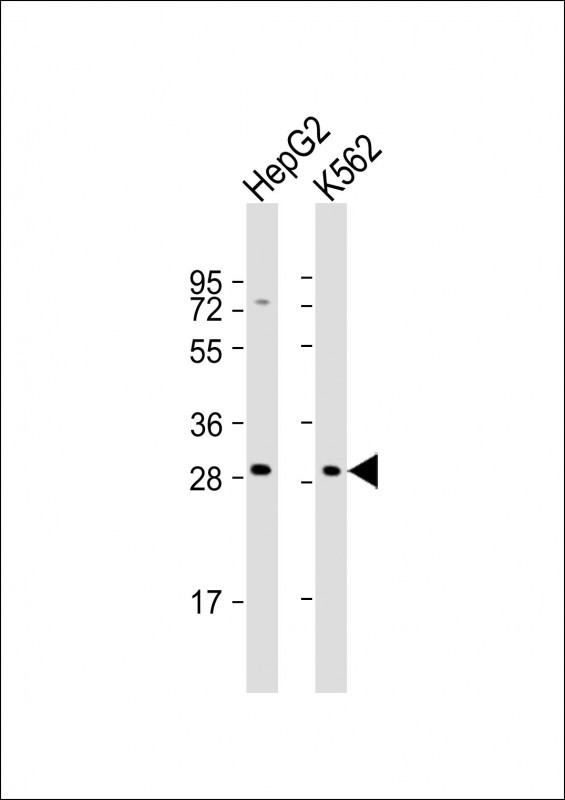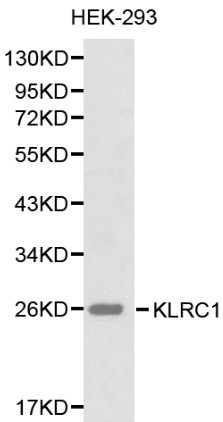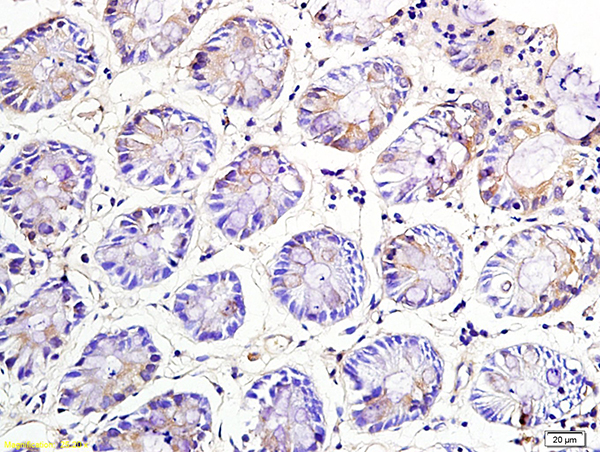
WB analysis of various sample lysates using GTX66098 NKG2A antibody. The signal was developed with ECL plus-Enhanced. Dilution : 1:1000 Loading : 25microg per lane
NKG2A antibody
GTX66098
ApplicationsWestern Blot
Product group Antibodies
TargetKLRC1
Overview
- SupplierGeneTex
- Product NameNKG2A antibody
- Delivery Days Customer9
- Application Supplier NoteWB: 1:500 - 1:2000. *Optimal dilutions/concentrations should be determined by the researcher.Not tested in other applications.
- ApplicationsWestern Blot
- CertificationResearch Use Only
- ClonalityPolyclonal
- ConjugateUnconjugated
- Gene ID3821
- Target nameKLRC1
- Target descriptionkiller cell lectin like receptor C1
- Target synonymsCD159A, NKG2, NKG2A, NKG2-A/NKG2-B type II integral membrane protein, C-lectin type II protein, CD159 antigen-like family member A, NK cell receptor A, NKG2-1/B activating NK receptor, NKG2-A/B type II integral membrane protein, NKG2-A/B-activating NK receptor, killer cell lectin-like receptor subfamily C, member 1, natural killer cell lectin, natural killer group protein 2
- HostRabbit
- IsotypeIgG
- Protein IDP26715
- Protein NameNKG2-A/NKG2-B type II integral membrane protein
- Scientific DescriptionNatural killer (NK) cells are lymphocytes that can mediate lysis of certain tumor cells and virus-infected cells without previous activation. They can also regulate specific humoral and cell-mediated immunity. The protein encoded by this gene belongs to the killer cell lectin-like receptor family, also called NKG2 family, which is a group of transmembrane proteins preferentially expressed in NK cells. This family of proteins is characterized by the type II membrane orientation and the presence of a C-type lectin domain. This protein forms a complex with another family member, KLRD1/CD94, and has been implicated in the recognition of the MHC class I HLA-E molecules in NK cells. The genes of NKG2 family members form a killer cell lectin-like receptor gene cluster on chromosome 12. Multiple alternatively spliced transcript variants encoding distinct isoforms have been observed. [provided by RefSeq, Jan 2015]
- Storage Instruction-20°C or -80°C,2°C to 8°C
- UNSPSC12352203






